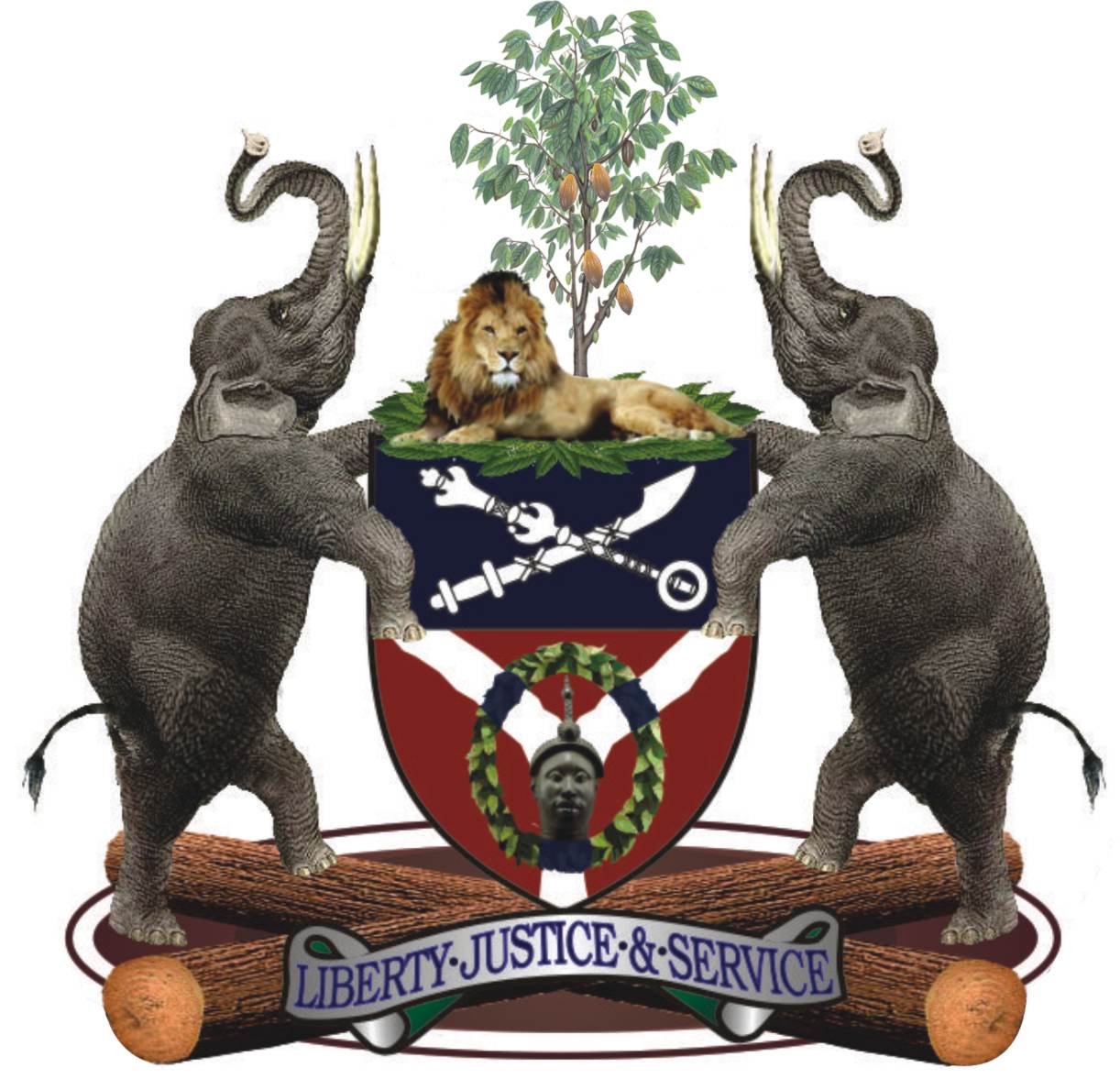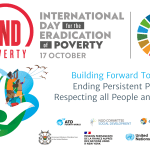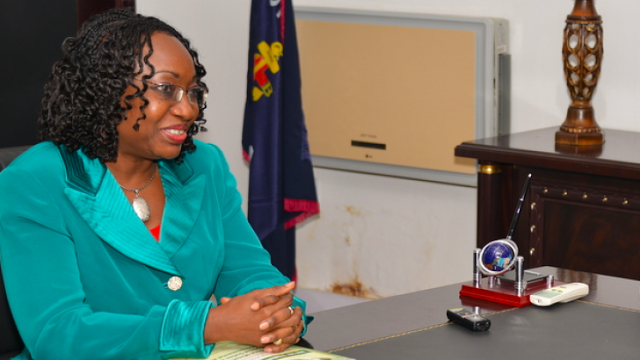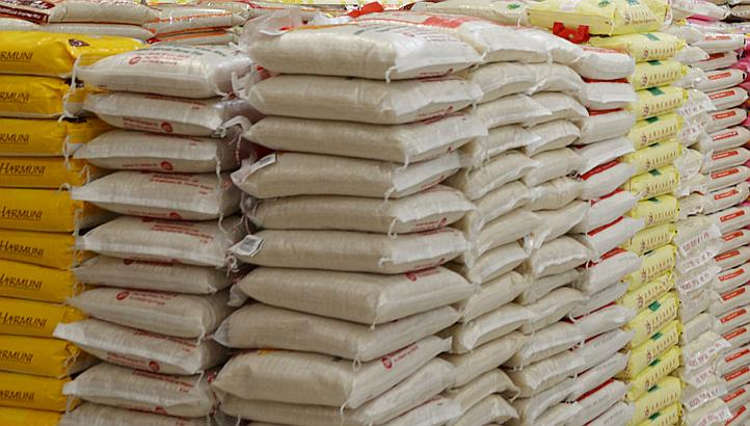Osun Poverty Ranking: Verdict From UNDP And NBS


By Inwalomhe Donald
Policies by the government of the State of Osun to revamp the economy and banish poverty in line with its six points integral action plan is, no doubt, yielding fruits with the latest report of the United Nations Development Programme (UNDP) as verifiable facts from the National Bureau of Statistics (NBS) place Osun as the state with lowest poverty rate. Poverty levels fell considerably more slowly in Osun and other parts of the world.
The Computation of Human Development Indices for the UNDP Nigeria Human Development Report (2016) which was released by NBS recently, rating Osun as the lowest state in the ‘Incidence of Poverty showed that a better government like the one under Governor Rauf Aregbesola of Osun can eradicate poverty’.
It would be recalled that the NBS had in 2013 rated Osun as the second lowest state in poverty Index in 2013, one of the five states with lowest unemployment rate by NBS, and the second richest state in Nigeria by the United Nations’ Multi-Dimensional Poverty Index in 2017. NBS stated in the report.
The Human Development Index Report which is done annually assesses the different indicators that contribute to the poverty level of states in the federation.
The new report however places the state poverty index at 17.5 per cent ahead of Lagos, Nigeria’s economic capital. It says in terms of poverty ranking, Osun has the least poverty level (0.062) while Sokoto has the highest (0.453), closely followed by Jigawa and Yobe states with (0.399 and 0.385) respectively.
Furthermore, the Incidence of Poverty which is the percentage of Nigerians who are poor is 53.7 per cent and the disaggregation by state shows that it is more prevalent (89.9 percent) in Sokoto state, followed by Jigawa state with 86.1 percent, Rivers and Ebonyi state share 58.9 percent each, while the lowest state is Osun state with 17.5 per cent.
Also, the intensity of poverty in Nigeria is 41.9 per cent which means that the poor Nigerians are deprived in 41.9 per cent of the dimensions. It is highest in Sokoto State (50.4 per cent) while Osun state has the lowest (35.5) per cent. It also puts Osun’s unemployment rate at 6.7 percent in the federation.
This is not the first time efforts by the Rauf Aregbesola administration will be appraised by the Local and International Economic Projection, Outlook and Assessment Researchers. The incidence of poverty for Osun was 10.9% in 2017 as against 37.5% in 2010. Therefore, Osun has experienced a significant drop in the incidence of poverty between 2010 and now.
The new ranking is a result of continued efforts of Ogbeni Aregbesola in fulfilling his promise of Banishing Poverty through complementary and holistic implementation of both social infrastructure and social protection/welfare programmes.
According to National Bureau of Statistics (2018), the number of employed persons in Osun increased from 1,524,312 in 2010 to 2,365,622 in Q3, 2017 representing 55% increase over a period of seven (7 years)
It is important to state that the Misery Index released in January 2018 by independent research firm, Financial Derivative Company Limited, Lagos in which Osun was equally ranked second lowest (35.36%) has corroborated the previous and the latest Osun ranking in poverty index by OPHI.
Similarly, the latest unemployment rate published by National Bureau of Statistics for third quarter 2017 also shows that Osun still maintains the lowest unemployment rate (5.3%) with the new 6.7% in 2018.
For the past seven and half years, the government of Ogbeni Aregbesola has worked tirelessly to lift over 700,000 people in the state out of poverty.
The new report also reflects the social and economic development in the state. It confirms the administration’s ingenuity, vision and ceaseless efforts in transforming the state, improve the well-being of the people and creation of wealth.
As hard as the financial state of Osun was in 2016, the government was able to sustain her social protection programmes like O’ MEAL, OYES, building of schools, provision of soft loans and empowerment programmes for traders, provision of free ambulance services and treatment to accident victims, social intervention and other life-enriching programmes.
Over 38,000 traders, business owners and small scale business owners have been empowered between 2014 and 2018 alone.
It is on record that the byproducts of the OYES initiative have resulted in far-reaching economic gains for the state. The over 1,600 Youths empowered in the agric enterprise academy, O-REAP Youth Academy located in the 9 federal constituencies for increased food production and empowerment, 10,000 youths trained in applied ICT OYESTECH, 150 OYESTECH graduates sent to Ghana for further training and more than 1,000 OYESTECH graduates empowered to be self-reliant among others have in no small measure provided new opportunities for beneficiaries.
Worthy of emphasis is the N200 million which is being injected monthly into the State’s grassroots economy through the OYES programme. This financial stimulant has recorded dramatic impact on local economies, creating multiplier effects for Osun people.
Through the Osun Broilers Outgrowers Production Scheme (OBOPS) programmes, more than 300 millionaires have been made in the state.
Asides OYES, the infrastructural revolution has opened up the state to more economic prosperity. The humongous resources drafted to cover up for the monumental infrastructure deficit in the state has paid off with improved conditions for economic growth.
There has been quite marked and sharp increase in land prices along the corridors of the road projects, thereby encouraging poor households who had considered their land holdings worthless to convert the land into economic benefits in the light of current realities occasioned by the road construction projects.
Road construction projects across the state have created over 5,000 direct jobs and over 12,000 indirect jobs for the local welders, plumbers, bricklayers, food vendors, among others.
The state in conjunction with the World Bank and the Federal Government has opened up and rehabilitated over 500km of rural roads all in a bid to creating a viable environment for the state’s economy to grow in all realms.
The rural road construction has opened up new areas for agricultural activities and also made it easy for about 20,000 farmers to transport their produces from farms to the markets thereby improving the income and livelihood of poor farming households.
The Osun land bank programme has in turn provided access to land to over 10,000 farmers including small, medium and large scale farmers. Similarly, electrification projects at the rural communities have also opened new window of opportunities for the rural population to carry out value-addition processes for their produces.
In the mainstream economy, the government has done a lot in supporting traders, artisans, market men and women among others. So far, over N2 billion interest-free loans have been disbursed to 133 Small and Medium Scale Enterprise (SMEs), 800 trade cooperative societies and 9,995 individuals across the 30 LGAs.
Other interventions in the trade and investment gap include about 5,000 MSMEs (soap makers, traditional mat weavers, livestock rearers, local plantain chip makers, and others, empowerment arising from collaboration between Osun and Department for International Development (DFID, UK) under the Growth and Empowerment in States (GEMS) scheme just as ¦ 500 has been disbursed to Micro, Small and Medium Scale Enterprises (MSMEs) cooperative groups with 10,509 cooperative societies registered.
The statistics from the Small and Medium Scale Enterprises Development Agency of Nigeria (SMEDAN) shows that 1,596,530 jobs have been generated by the MSMEs in the state, resulting from various initiatives and support programmes of the Ogbeni Aregbesola’s administration as well as conducive business environment in the state.
In the last seven and a half years, over 700,000 people are out of poverty through different schemes which have re-positioned the living standards of the people. New initiatives like the revamp of the Cocoa Industry Ede, Free Vocational Training for Indigenes of the state and timely support for Artisans, Trader associations, the Informal Sector and most especially the Private Sector have continued to place Osun on the pedestal of growth and development.
With Governor Aregbesola’s tenure ending in less than 40 days, citizens of the state look forward to a more productive economy with an improved growth rate, radical shortfall in the unemployment rate and improved economic policies from the incoming administration.
- Inwalomhe Donald writes from Benin City, [email protected]










